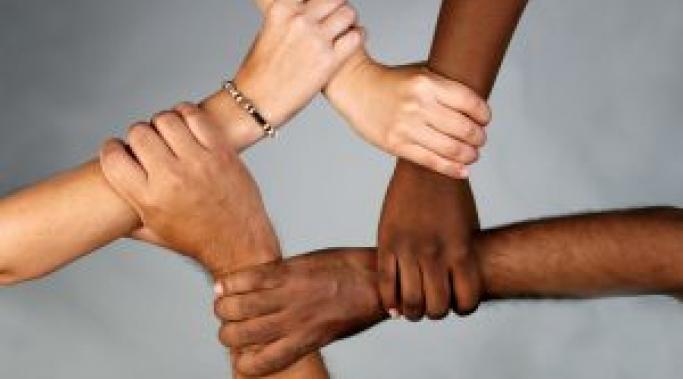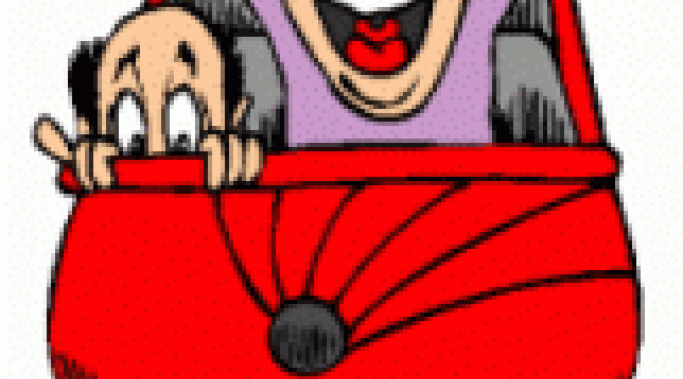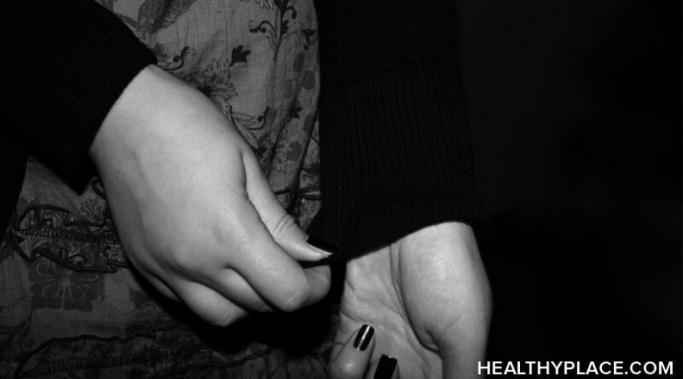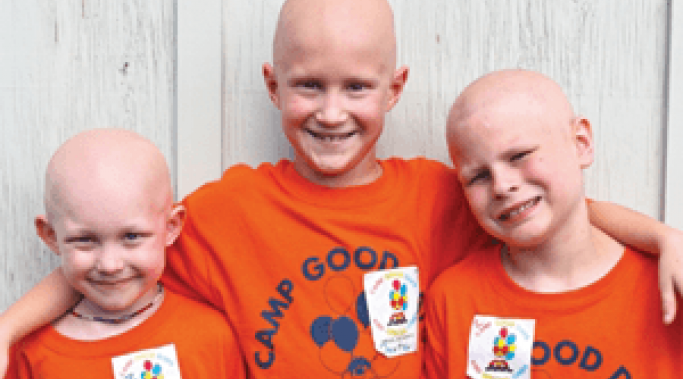When digging through some papers from my past, I found a children’s poem I’d written for a class that had to contain a positive message. Reading over this, I thought it would be worth it to share, even though it doesn’t come out and speak about self-injury. However, when it comes to discussing self-harm, positive thinking is a crucial element.
Positive self-talk has been mentioned throughout my blogs because it is a very important coping skill for, not only those struggling with self-injury, but for anybody battling a demon. When I am tired and un-motivated to wake up in the morning, I will tell myself things to get my energy and confidence moving. It is not as easy as it seems and is definitely easier said than done, but positive self-talk definitely leads towards overall positive thinking.
Speaking Out About Self Injury
I’ll admit it - I stare at people. Okay, that sounds a little bit creepy, but we all fall guilty of staring at those around us. I’ve mentioned this in my other blogs, but lately, I’ve realized how many people stare at others either because they look different or behave strangely.
The thing is, people still have a difficult time realizing that differences are not always a bad thing – they make us who we are.
And we need to be happy with the person we have become.
Every human struggles with emotions – plain and simple. These emotions can range from love and lust to fear and sadness. Sometimes, with the snap of a finger, emotions can dramatically change. It’s sad that when people start acting depressed or anxious or paranoid they automatically start throwing labels, saying so-and-so is “acting bipolar” or “must have schizophrenia”.
To everyone who throws around labels like this – think before you say because, believe me, it hurts.
Everyone people watches – it is in our nature. Whether you’re at the mall or at a restaurant, you look at people and wonder who they are and why they do what they do. As a kid, I always played a game where I’d look at a person and guess what they’d do ‘when they grew up’. Now, I think we all still play that game, but that game has turned more into judging than a game of Make-Believe.
More than usual, I’ve been people watching and wondering things about the people who walk by. I look at the tall man in the suit, chatting away on the phone and wonder if he really enjoys his job. I look at the woman with seven kids trailing behind her and wonder what she does when she has a moment to herself.
I look at the teenager walking with his head down, bracelets lining his wrists, and wonder if he self-harms.
It’s obvious that self-harm and self-esteem are linked in some way or another. Typically, if someone is feeling down in the dumps, they are going to try to find a way to get rid of that feeling. When self-harmers feel this way, they turn to one of the only coping skills they know – cutting, burning, hair pulling, scratching or head banging (as well as others, of course).
When struggling with any kind of mental illness, it is extremely tough to bounce right out of a negative place. It’s easy to listen to therapists, friends, teachers and even bloggers when they tell you to “Keep your chin up” or “Shake it off”, but is it easy to actually shake off that feeling?
Not usually.
There is always something that triggers the interest, want or need to self-harm. Listing self-harm triggers could go on forever, but after looking around at others who have self-harmed, as well as my own background, I found three major triggers that seem to be factors in the self-harming world. The three self-harm triggers that I noticed popped up the most were family, relationships, and bullying.
Recently, I was picking up my client from summer school and as I was standing in the hallway, I noticed how diverse the population walking by me was. My client has a developmental disability as well as a mental illness, so the school where her summer classes took place was mainly for those who needed a little extra support.
I saw individuals who had Autism, Down syndrome, aggressive behaviors, Cerebral Palsy and other different disabilities or disorders that allowed them to take summer classes at BOCES.
As I watched the students walk by, I wondered how difficult it was for outsiders to see these wonderful kids as having “unique abilities” rather than having disabilities.
In this audio blog, a paragraph from a chapter is read that brings forward the issue of Angel vs. Devil. Below is the general idea for the novel, Noon, that I recently published. One character is in the mental health unit at a big hospital in a little town where she receives treatment.
And yes, she self-harms.
Sometimes, people telling you to just stop cutting or burning or scratching is not enough motivation to actually stop the self-injury behavior. It is like asking someone not to text their ex-boyfriend or ex-girlfriend when they’re staring at a message. It is something they should not do, but they can’t help themselves, so they do it.
It is much more difficult to find a motivating factor to help stop self-harm than many believe. Of course, there is therapy and family and friendships (self-injury treatment), but in the mind of a severe self-injurer, sometimes that is not enough.
It often takes time to find motivation to begin self-harm recovery and end this addictive struggle with self-harm.
Those struggling with drug addiction may have people around who understand or relate to their situation. Even some with severe depression and anxiety have some kind of support system, since action can be taken quickly if willing to get help. Alcohol addicts also have meetings and groups where they can discuss their frustrations in a social, private setting.
What about self-harmers?









